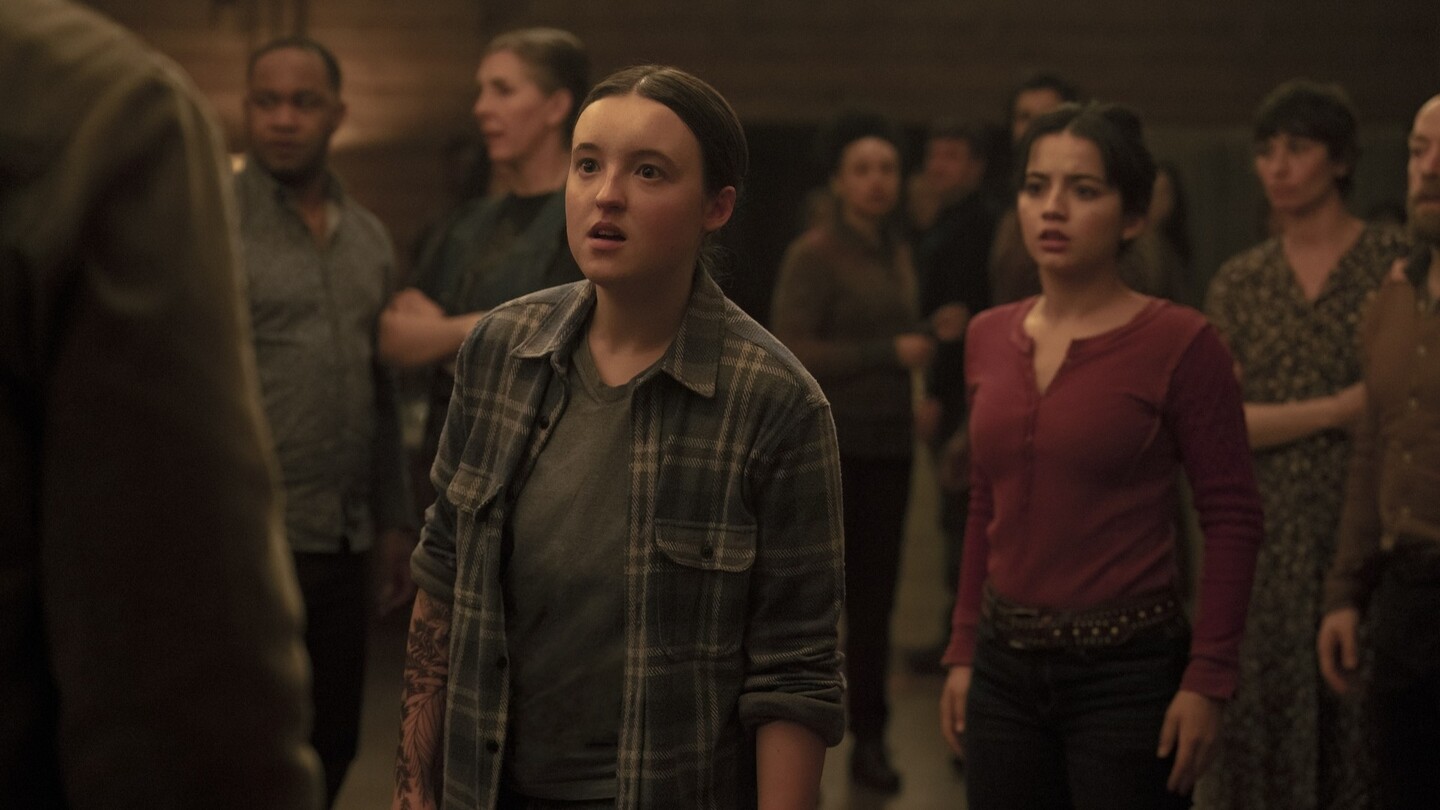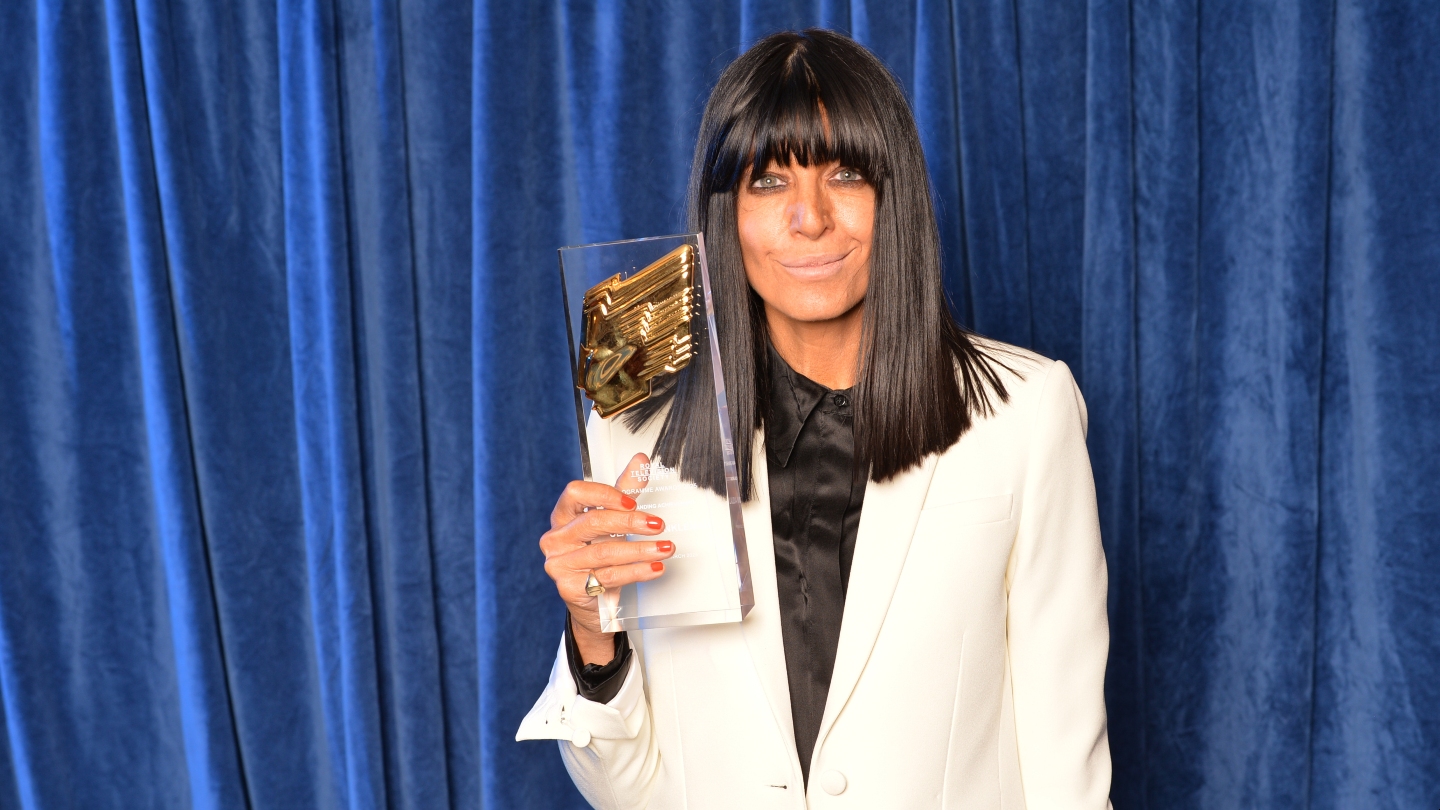The bestselling manga series of all time has been made into one of the most expensive live action series ever, reports Adrian Pennington.
You are not signed in.
Only registered users can view this article.

Behind the scenes: The Last of Us II
There is a version of episode 2 where the brutal death of a loved character isn’t quite so extreme. But they chose not to go there, explains editor Timothy A Good.

Behind the scenes – Daredevil: Born Again
The Hell’s Kitchen of Disney’s masked vigilante reboot is given a grungy seventies overhaul by lead cinematographer Hillary Fyfe Spera

Behind the scenes: Squid Game 2
The glossy, candy-coloured design of Squid Game is a huge part of its appeal luring players and audiences alike into a greater heart of darkness.

Behind the scenes: Adolescence
Shooting each episode in a single take is no gimmick but additive to the intensity of Netflix’s latest hard-hitting drama. IBC365 speaks with creator Stephen Graham and director Philip Barantini.

Behind the scenes: Editing Sugar Babies and By Design in Premiere
The editors of theatrical drama By Design and documentary Sugar Babies share details of their work and editing preferences with IBC365.





